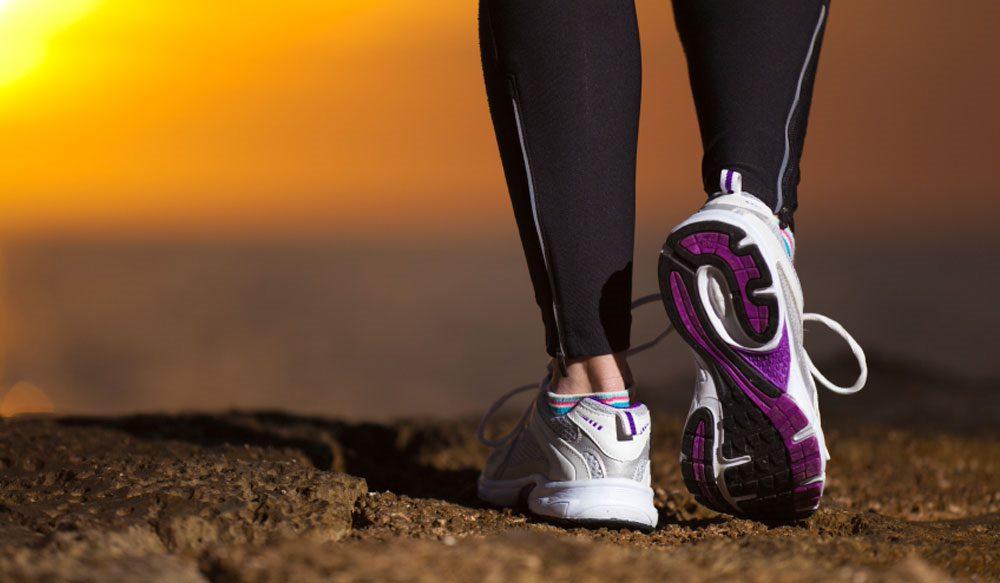Phone: (714) 695-1566
Fax: (714) 695-1553
Email: info@salinaspt.com
23655 Via Del Rio, Suite C
Yorba Linda, CA 92887

Phone: (714) 695-1566
Fax: (714) 695-1553
Email: info@salinaspt.com
23655 Via Del Rio, Suite C
Yorba Linda, CA 92887

How many miles can you log on a typical, well-made pair of running shoes? According to experts including physical therapists, the usual estimates place the mileage somewhere between 350 to 550 miles.
That’s assuming you found a good pair of running shoes – a pair that’s been properly fitted to your feet and to your running style.
In contrast, an uncomfortable pair of shoes will get you nowhere. Either your sore feet will keep you from running, or injuries will keep you from the activity you love.
So, if you’re a runner or hope to develop an enjoyment of running, it behooves you to use due diligence when selecting the greatest tool of your trade. And, while the process of selecting a good pair of quality running shoes can seem unexpectedly scientific, your body will thank you for the time you spent to get this decision right.
The first step in doing this should involve an analysis of both your feet and your gait.
Do you have a normal arch? Is it high or low? How does this affect your gait? You should know the answers to these questions before you even consider a new pair of running shoes, and a thorough gait analysis will provide these answers.
Both your arch and your gait affect your pronation, or the rolling of the foot from heel to toe when your foot strikes the ground. The proper pronation is when the foot strikes on the outside of the heel, then rolls evenly up to the ball and across the front of the foot.
Underpronation (when most of the shock is absorbed by the outside of the foot) and overpronation (when most is absorbed by the inside of the foot) can actually cause more stress – and perhaps injury – to the foot.
A physical therapist can analyze your foot type and pronation and offer shoe recommendations specifically for you. Beyond this process, consider the following tips when selecting running shoes on your own:
Try Them On Later in the Day: Your feet will typically expand when running. To mimic this, purchase your shoes in the late afternoon when your feet are the largest. Also, bring the socks you’ll be wearing when you run.
Measure Both Your Feet: Slight variance in foot sizes is more common than you may think, so measure and try shoes on both feet. And, don’t assume sizes are the same from brand to brand.
Use the Thumb Test: Check the fit of your shoe by making sure your thumb fits between your longest toe and the end of your shoe. Width-wise, your foot should feel snug – not too tight – without sliding from side to side.
Take Your Time: Take them for a spin up and down the block, or try them out on a treadmill, if there’s one in the store. Wear the shoes for at least 10 minutes to ensure there’s no discomfort.
Slowly Ease into the Shoes: Even high-end shoes require a break-in period. Go ahead and run a few miles in your new shoes, but don’t plan on, say, running a half-marathon immediately after buying the shoes. Huge mistake.
Ask a Physical Therapist: If you struggle to find a shoe that offers the right level of fit and/or comfort, seek help from a physical therapist. The struggle could be caused my improper form or movement limitations, and a physical therapist can help you correct such issues through treatments or the use or custom orthotics.